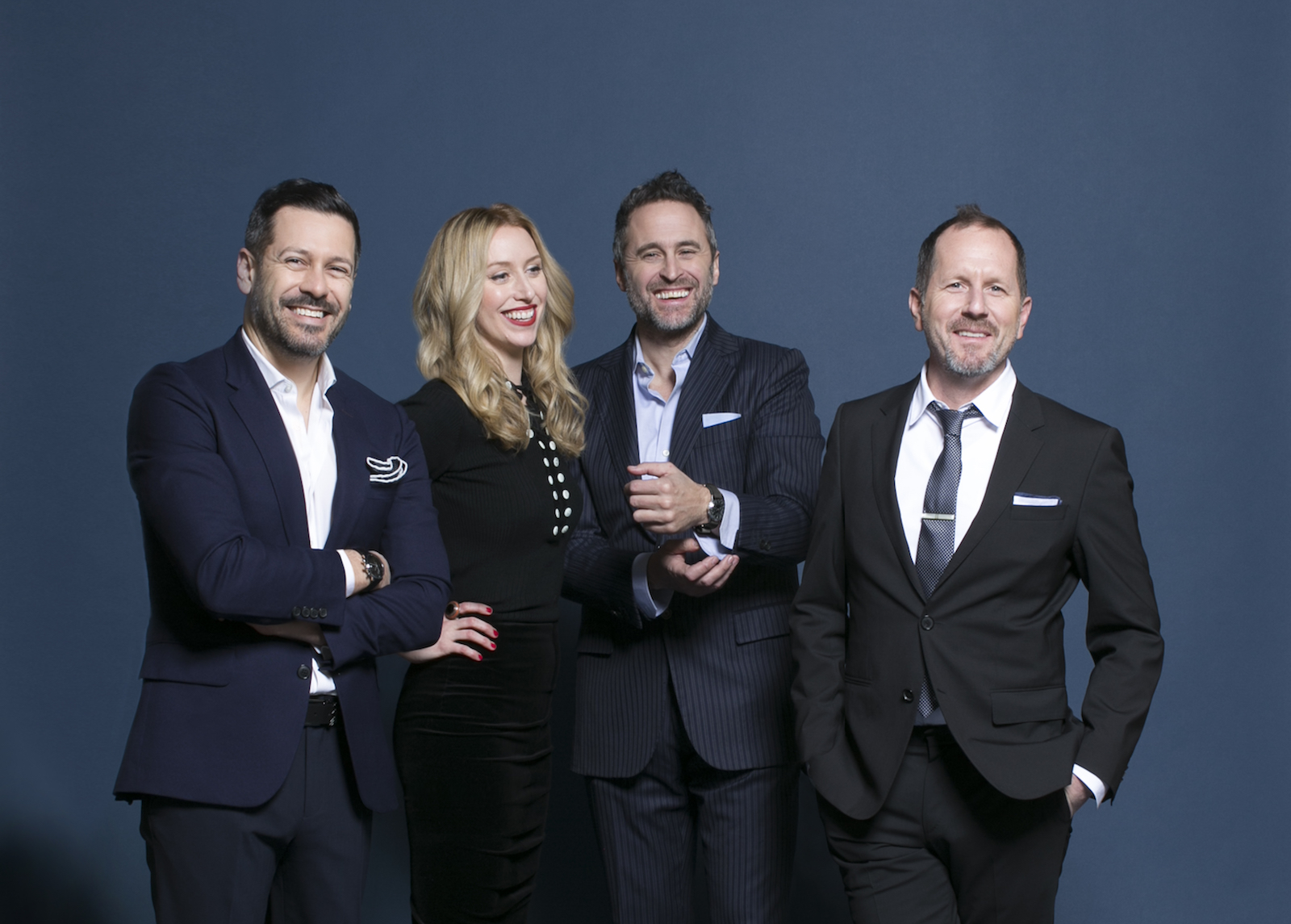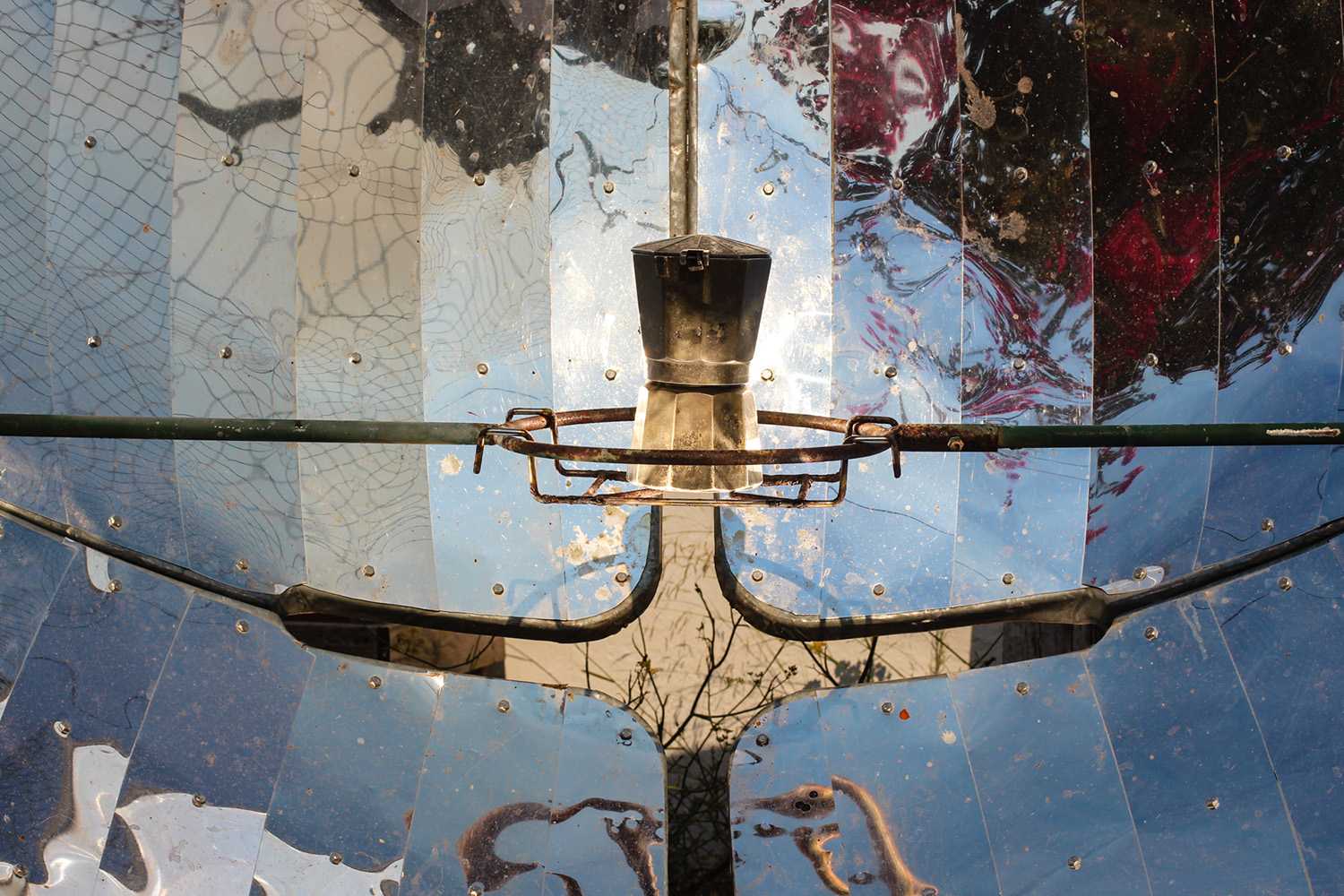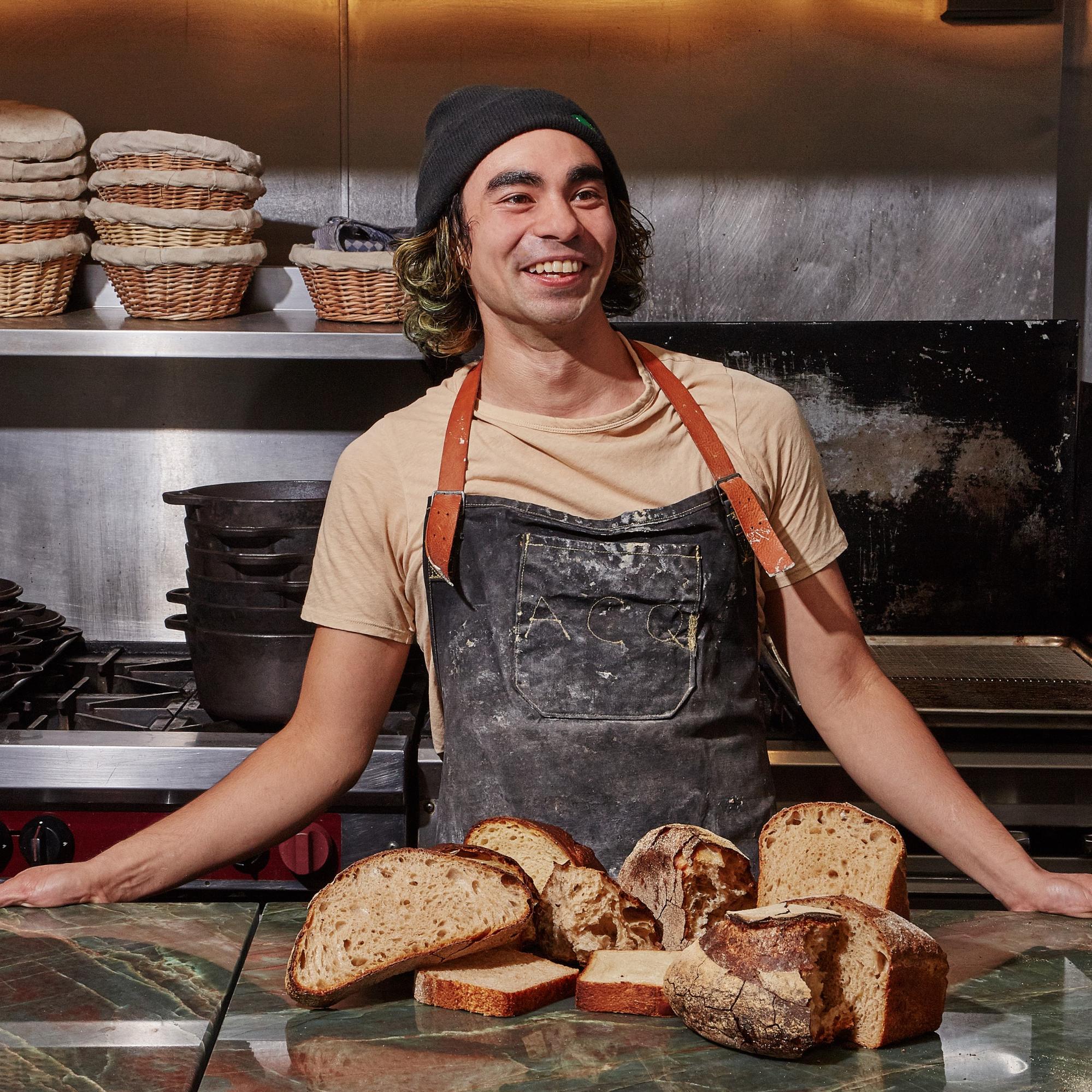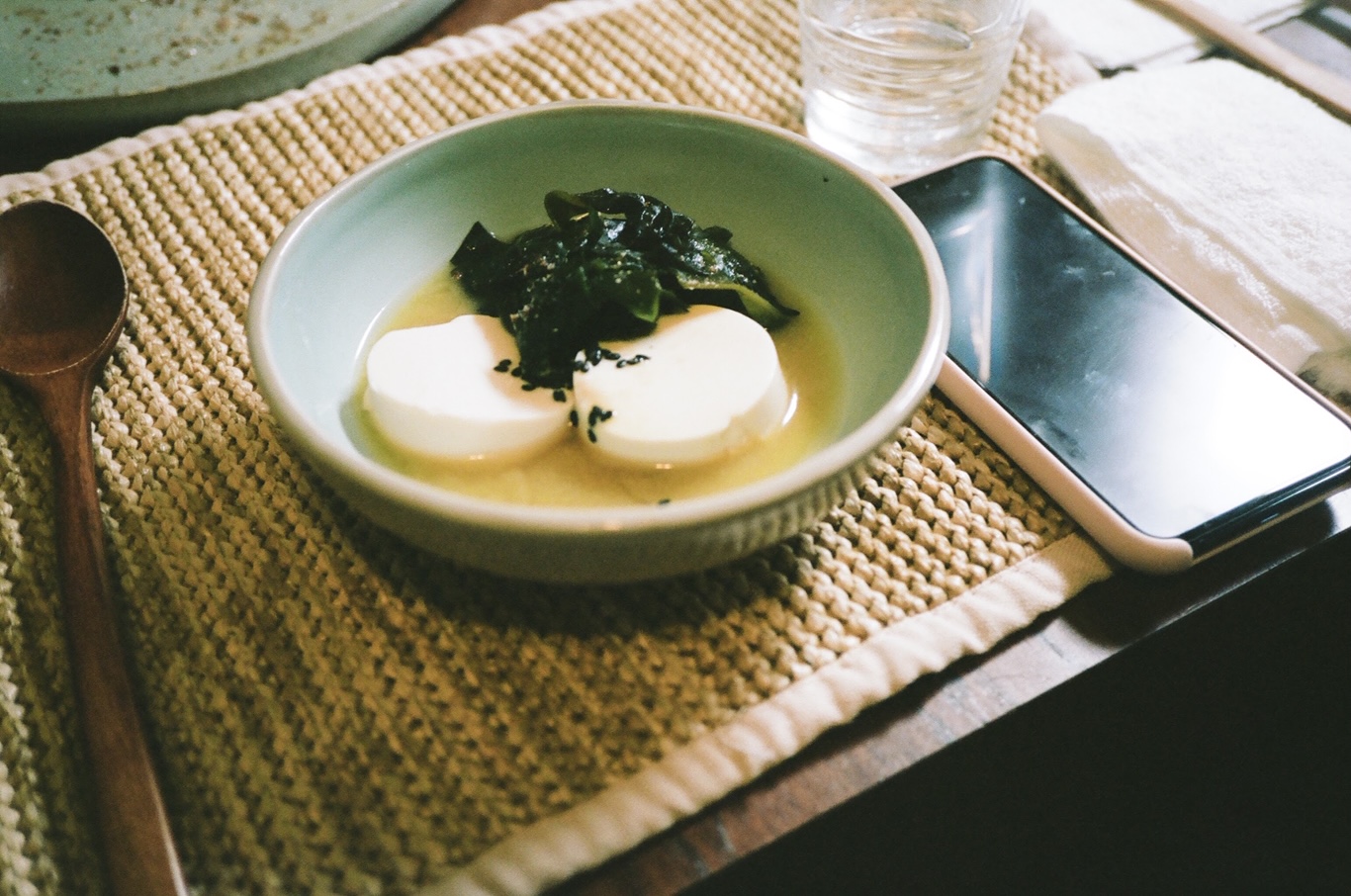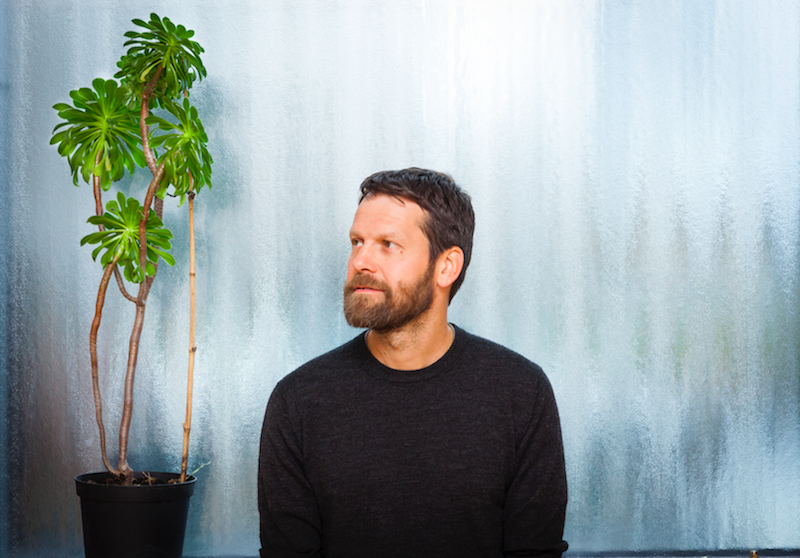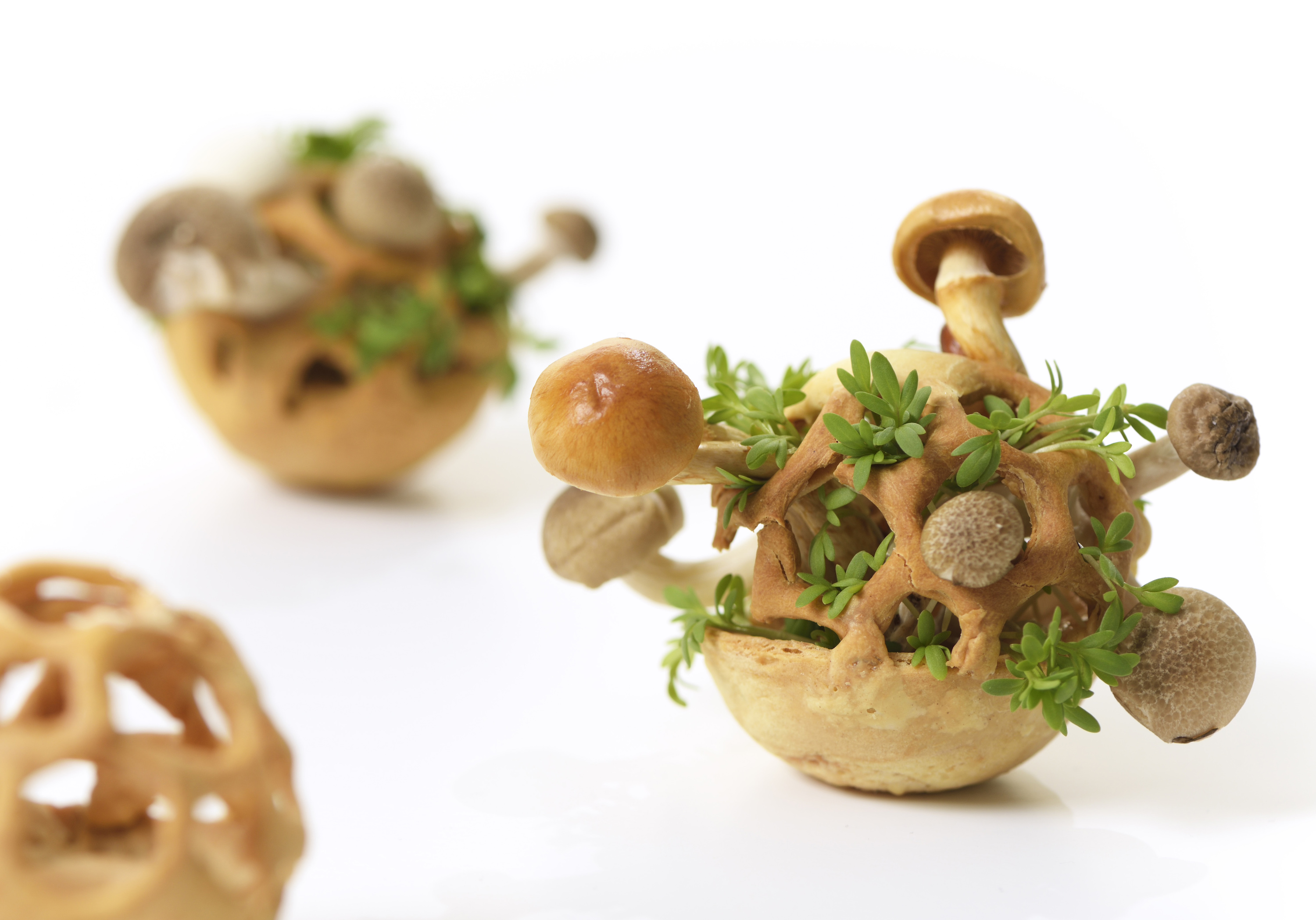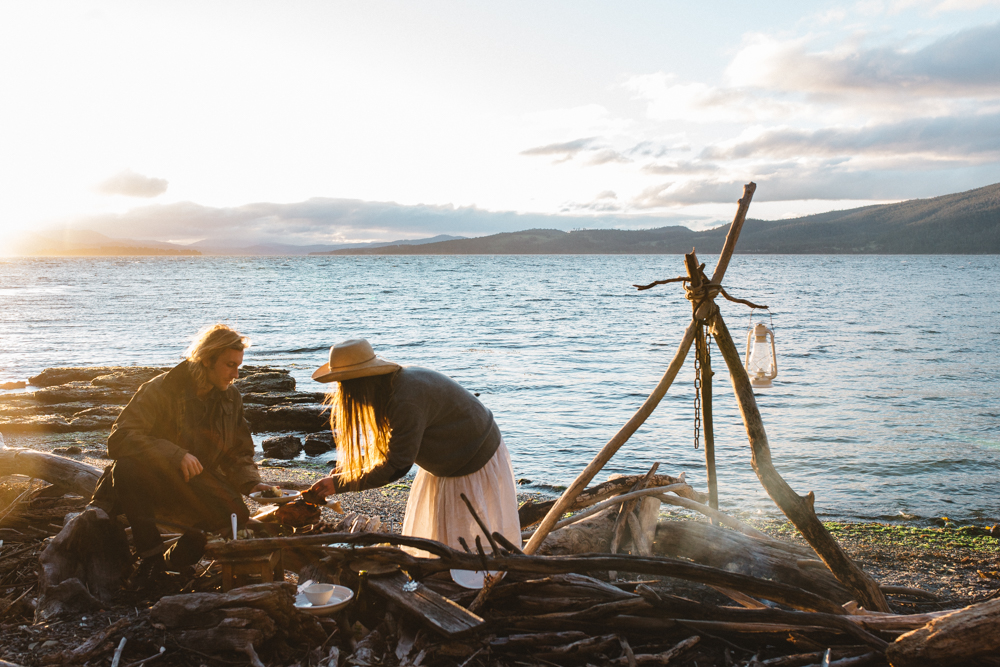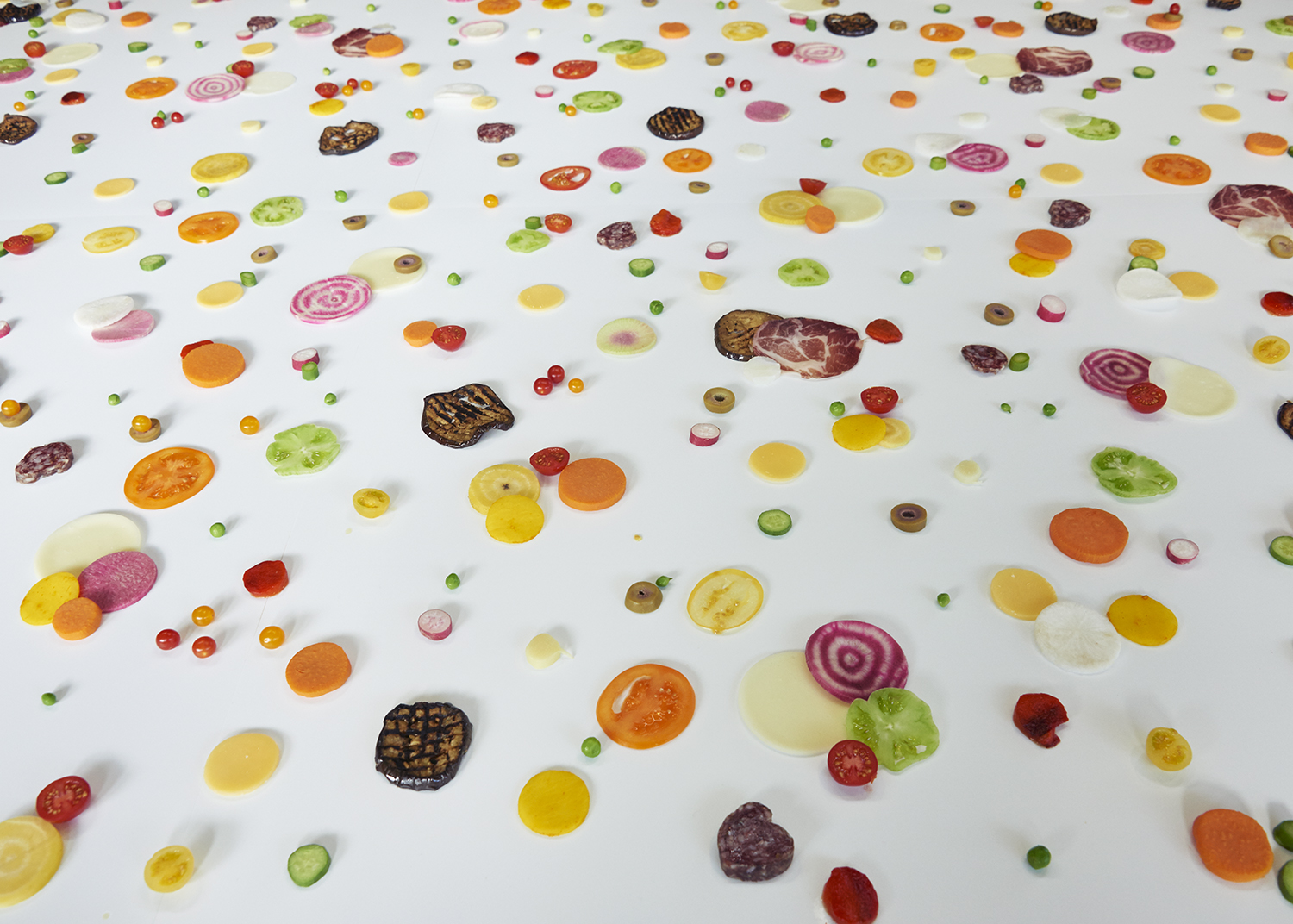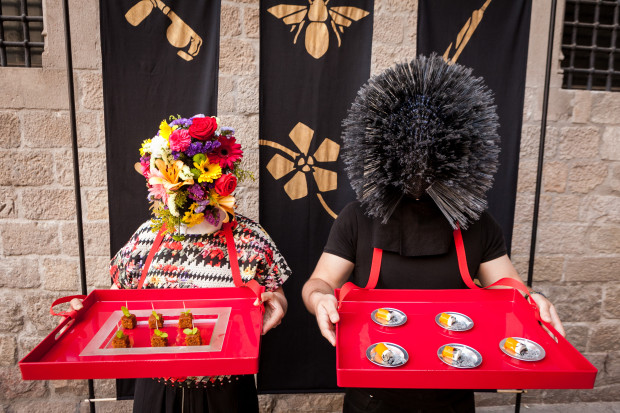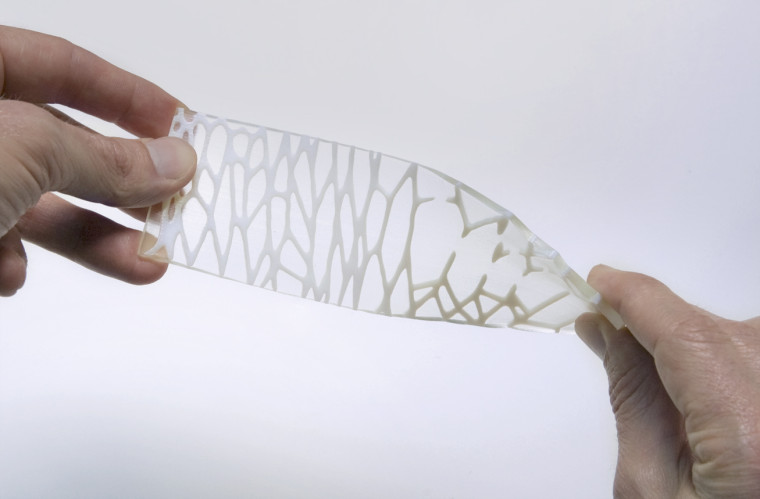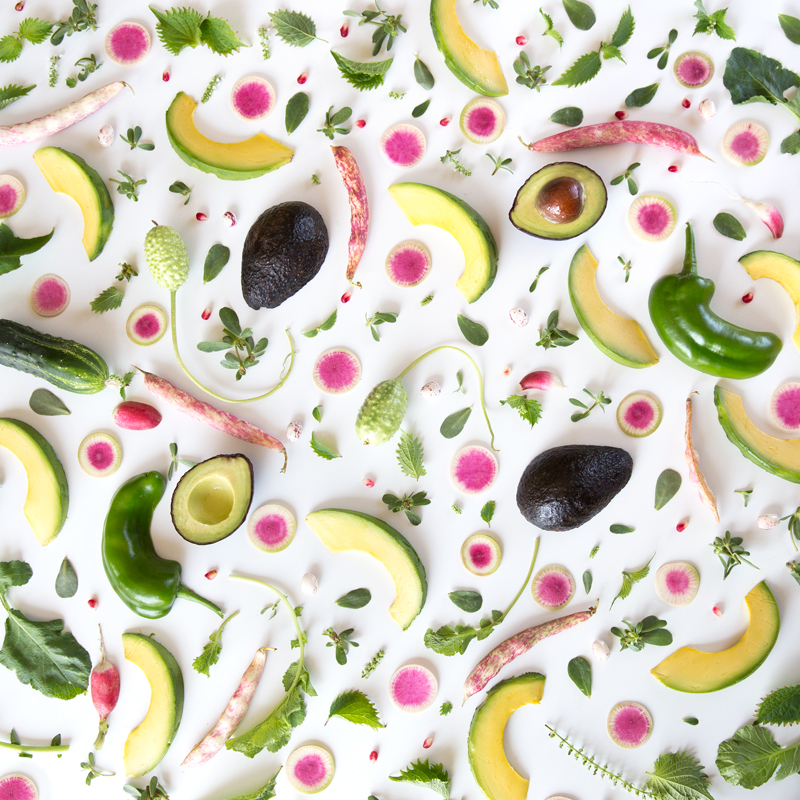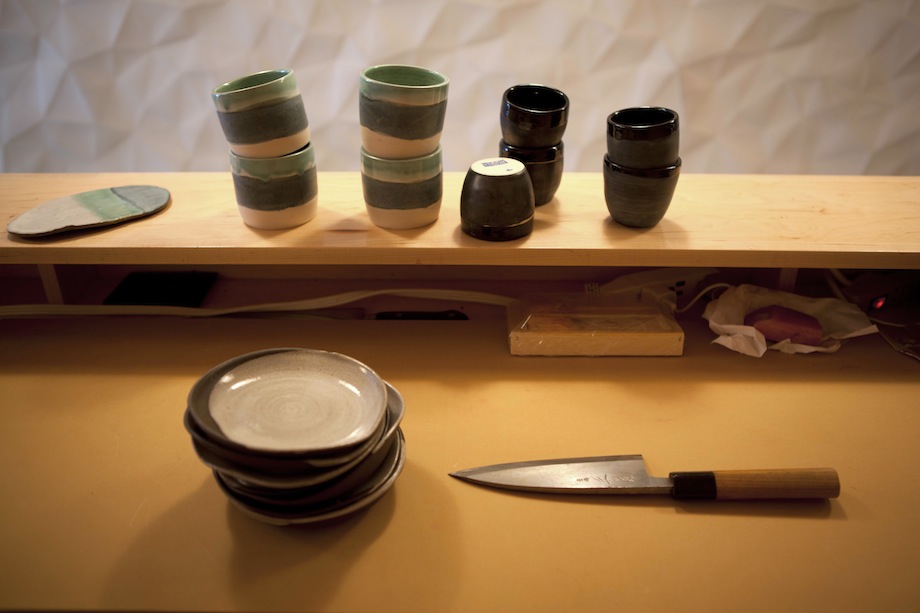Read more from In Service, our monthly look at the future of hospitality from innovators around the world.
Warm and refined are hardly words you would use to describe a Barnes & Noble, but it’s not everyday you step into one designed by the lighting-obsessed, detail-attuned, experience-led firm AvroKO. The multidisciplinary team—helmed by William Harris, Kristina O’Neal, Adam Farmerie and Greg Bradshaw—are known the world over for their singular vision and storytelling approach to hospitality design, which span projects and concepts of all shapes and sizes. At New York’s Brookfield Place they transformed a 30,000-square-foot food hall into a tranquil, chef-driven canteen outfitted in marble; in Seoul they infused elements of a traditional Korean palace with the intimacy of a New England speakeasy for the Four Seasons’ secret Charles H bar; and for the aforementioned bookstore behemoth’s first foray into restaurants, they covered the walls with beautiful rich wood and filled the space with custom furniture and lighting to create an atmosphere that would invite guests to linger with a novel in hand. And that’s just a snippet of what they do.
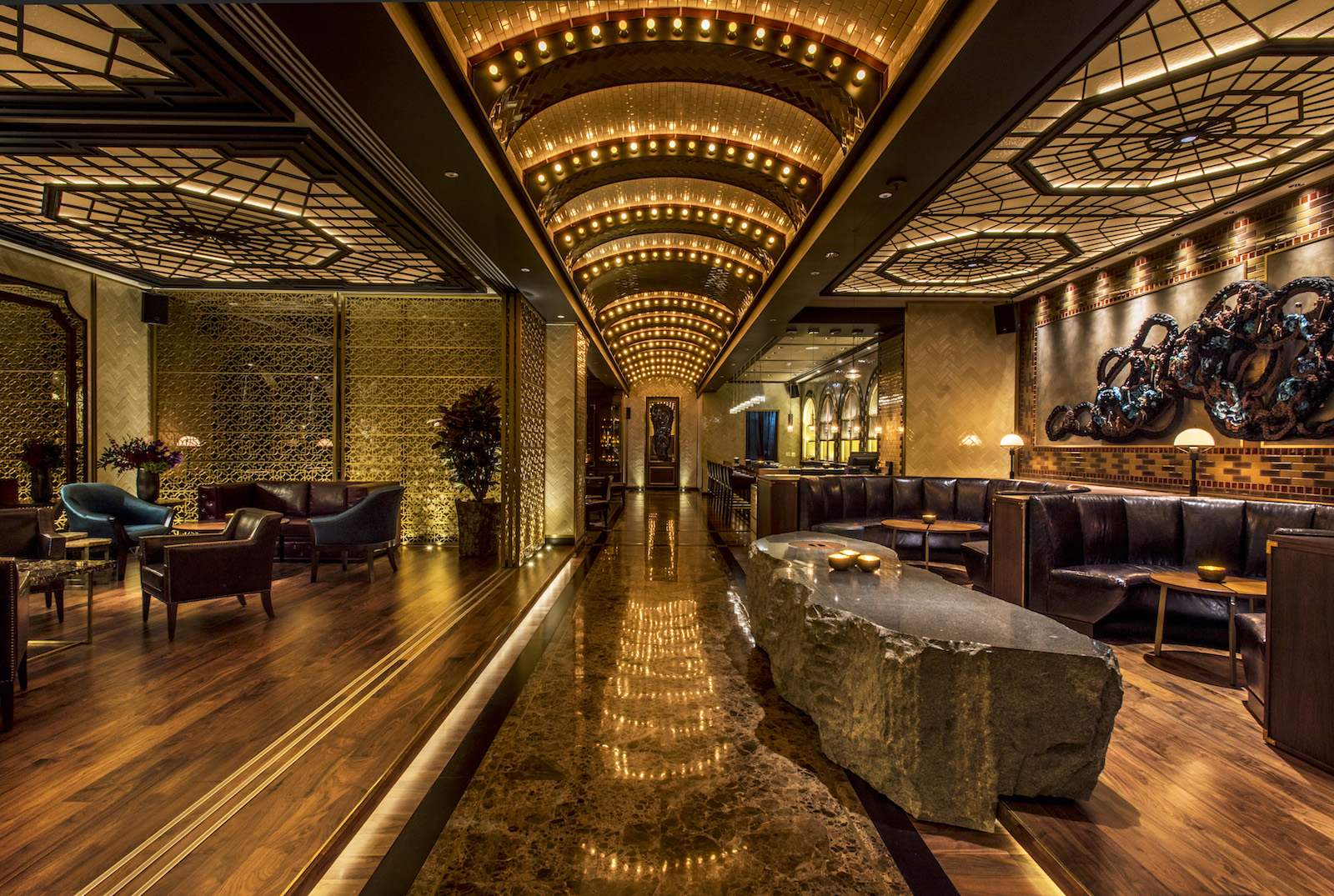 Charles H bar in the Four Seasons Seoul. Image by Jason Lang courtesy of AvroKO.
Charles H bar in the Four Seasons Seoul. Image by Jason Lang courtesy of AvroKO.
So prolific in their work, they’re the recipients of two James Beard Awards (among other accolades) and are currently up for two more this year: the best restaurant design in North America for both 75 Seats and Under (SingleThread, California) and 76 Seats and Over (Momotaro, Chicago). For the launch of our new monthly column on the future of hospitality, In Service, we wanted to know more about AvroKO (which has offices in New York, London, San Francisco and Bangkok), their design ethos and how they envision the future of hospitality.
MOLD: When did you open your studio?
William Harris: AvroKO was launched in 2001 in New York City. We have all been friends and collaborators since the early days at university [at Carnegie Mellon] however, so it’s been quite a long journey together, and we feel very fortunate to have had this amazing connection over all these years.
How big is your team? What are people’s roles?
Kristina O’Neal: In addition to AvroKO, we have grown to include several companies under the AvroKO umbrella. Brand Bureau creates strategy, branding and design for brands of scale. AvroKO Hospitality operates our venues and consults with other hospitality groups globally, and GoodShop is our manufacturing outfit which produces our custom lighting and furniture. We now have offices in New York, San Francisco, Bangkok and London and have approximately 120 designers and 220 restaurant employees.
Adam Farmerie: Partner roles vary, and we work as collaboratively as possible on all facets of the company. Of course we have pet interests and areas where we like to focus at times, but that does evolve as well. We do not split our responsibilities in the traditional sense, and that’s what keeps us fiery and fresh.
How would you describe your design ethos?
Greg Bradshaw: We believe in making truly connected experiences, where meaning and purpose is mined in every aspect of a hospitality experience.
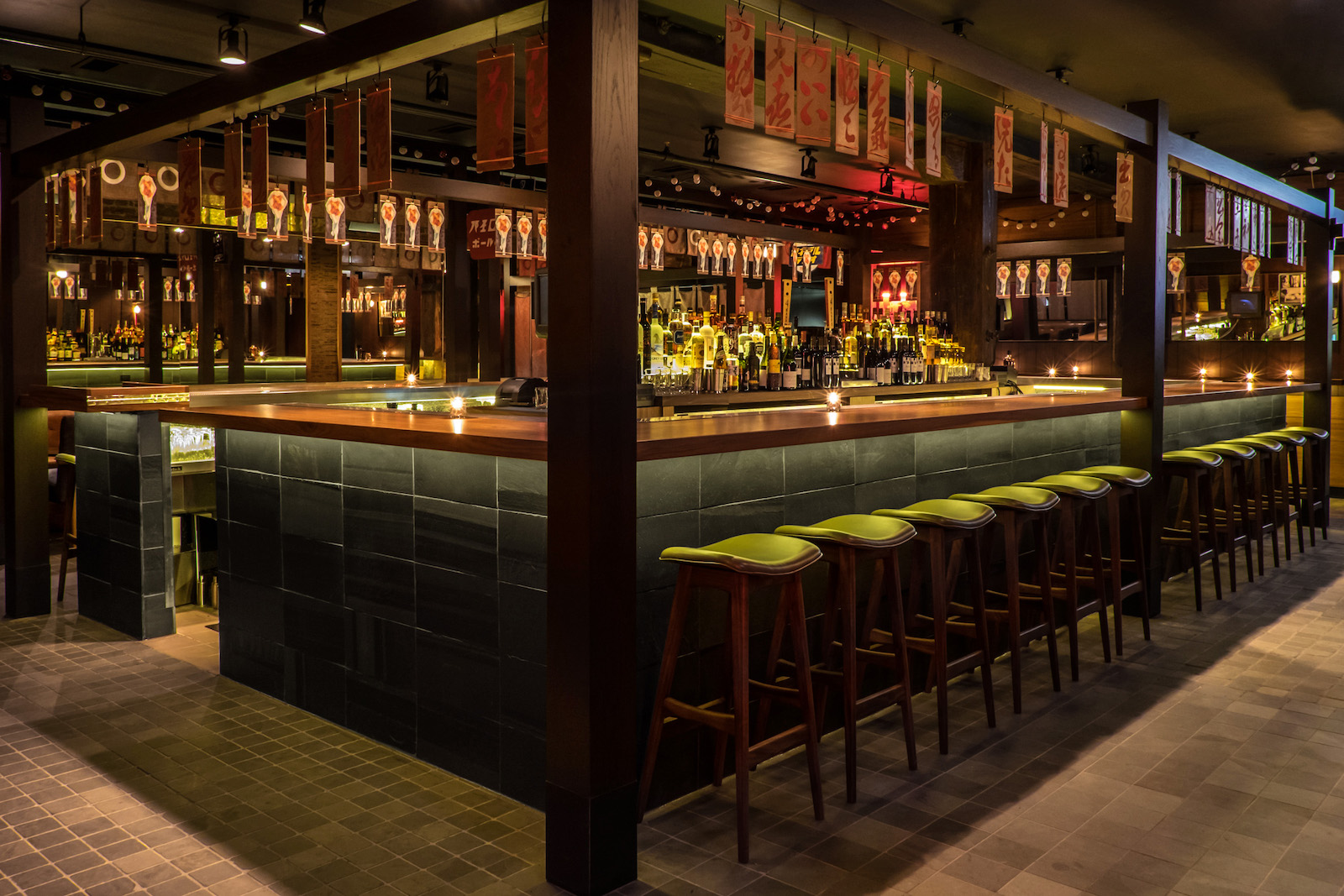 JBFA Nominee Momotaro in Chicago. Image by Huge Galdones courtesy of AvroKO.
JBFA Nominee Momotaro in Chicago. Image by Huge Galdones courtesy of AvroKO.
How do you define hospitality in your work?
KO: True hospitality is caring deeply for your guest, in every aspect of their journey and in your brand or creation. Real hospitality also means facilitating an experience that makes people feel both secure and delighted, as well as ensuring that they feel significant in all of that as well. That’s how we define it and that’s what we strive for.
What are the first steps in your design process?
AF: Our first steps are to really understand our audience and their unfulfilled needs (whether they know them or not!), which we can solve in some surprising ways. Local context is always incredibly important for us as well, and so we do extensive on-the-ground research in the city we are working in, unpacking its history, stories, culture and traits that make it meaningful for both its residents and visitors.
What sets your approach apart?
GB: We’re known for our obsessive attention to detail, and this likely is a result of our desire to thoroughly examine a project from a macro to micro perspective, top to bottom. Caring about the details, and doing them well, means one cares about the project, and if one cares about the project, one cares about the guest. And what guest doesn’t love feeling cared for?
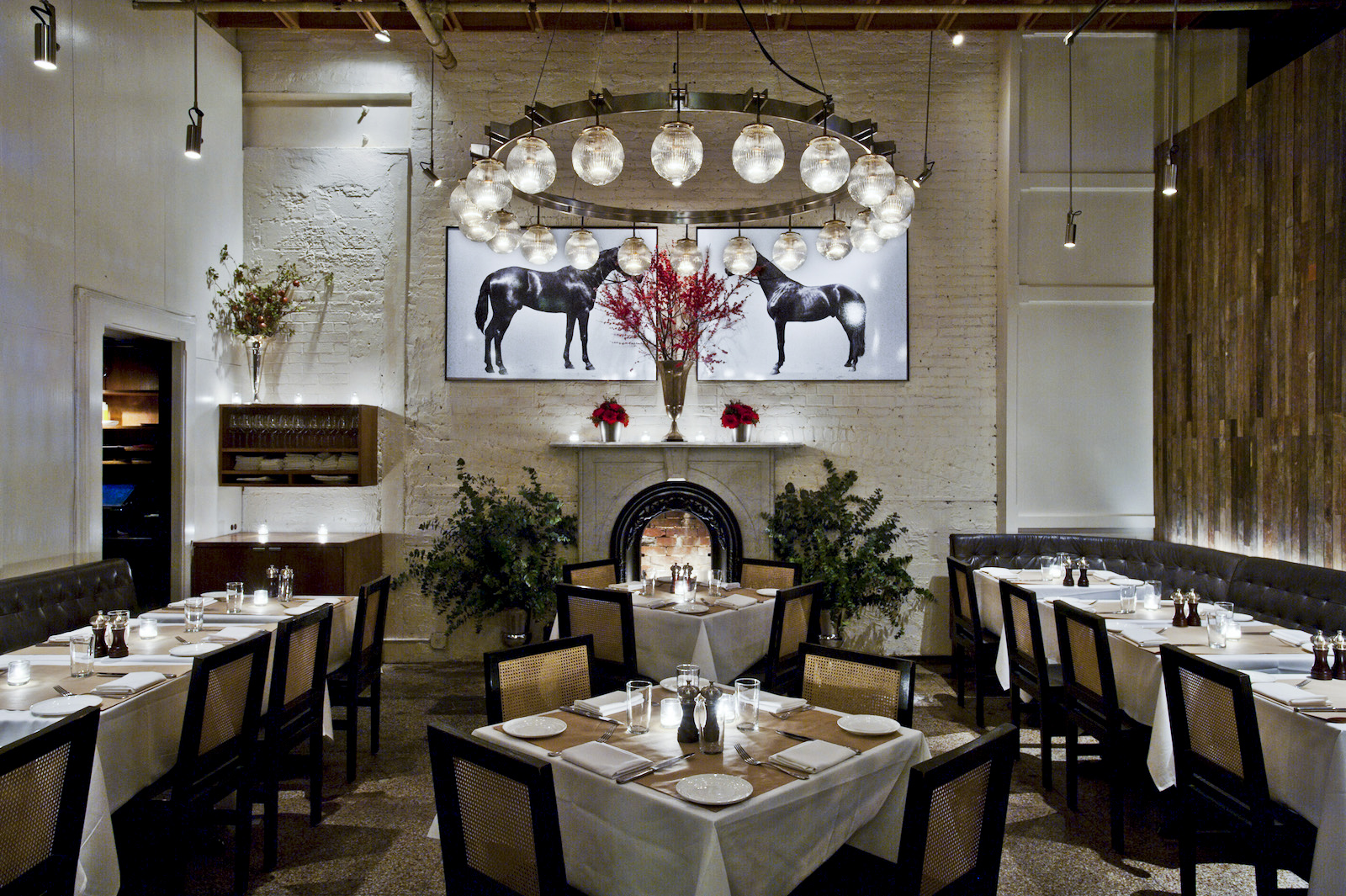 Saxon + Parole, AvroKO designed, owned and operated restaurant in New York City. Image by Melissa Hom courtesy of AvroKO.
Saxon + Parole, AvroKO designed, owned and operated restaurant in New York City. Image by Melissa Hom courtesy of AvroKO.
What is most important to you when designing any project?
WH: Our main goal is to create spaces that resonate and are uniquely memorable. We accomplish that by creating a sense of connectivity for the guest. Through layered concepts, programmatic synergies, thoughtful details, strong brand awareness and an integrated, holistic approach, we are able to make spaces that have a deeper sense of soul. People tend to say that they feel really good when they are in our spaces, which makes us very happy to hear. Sometimes they might not even be sure exactly why, but if everything comes together one can really feel it. And when people feel good, they tend to enjoy themselves more. And when they enjoy themselves more, the food tastes better, the drinks are that much more refreshing, and ultimately the overall experience is that much more memorable and worth sharing.
What is the most significant design element that affects how people feel about food?
WH: Lighting. This goes back to our obsessive nature over the details, and lighting is one of those elements that if it’s just right, it can change everything about a space—an atmosphere, a mood. We are constantly going into our owned and operated venues and playing around with lighting, adjusting dimmers, adding/subtracting candles, all to create a very specific feeling and experience that we’re looking for our guests to have in our spaces.
GB: We’re so lighting obsessed that we created our own internal lighting (and furniture) arm, GoodShop, that designs custom light fixtures of all kinds to ensure that we can control not only the design of the fixture, but also the quality of the lighting in the room.
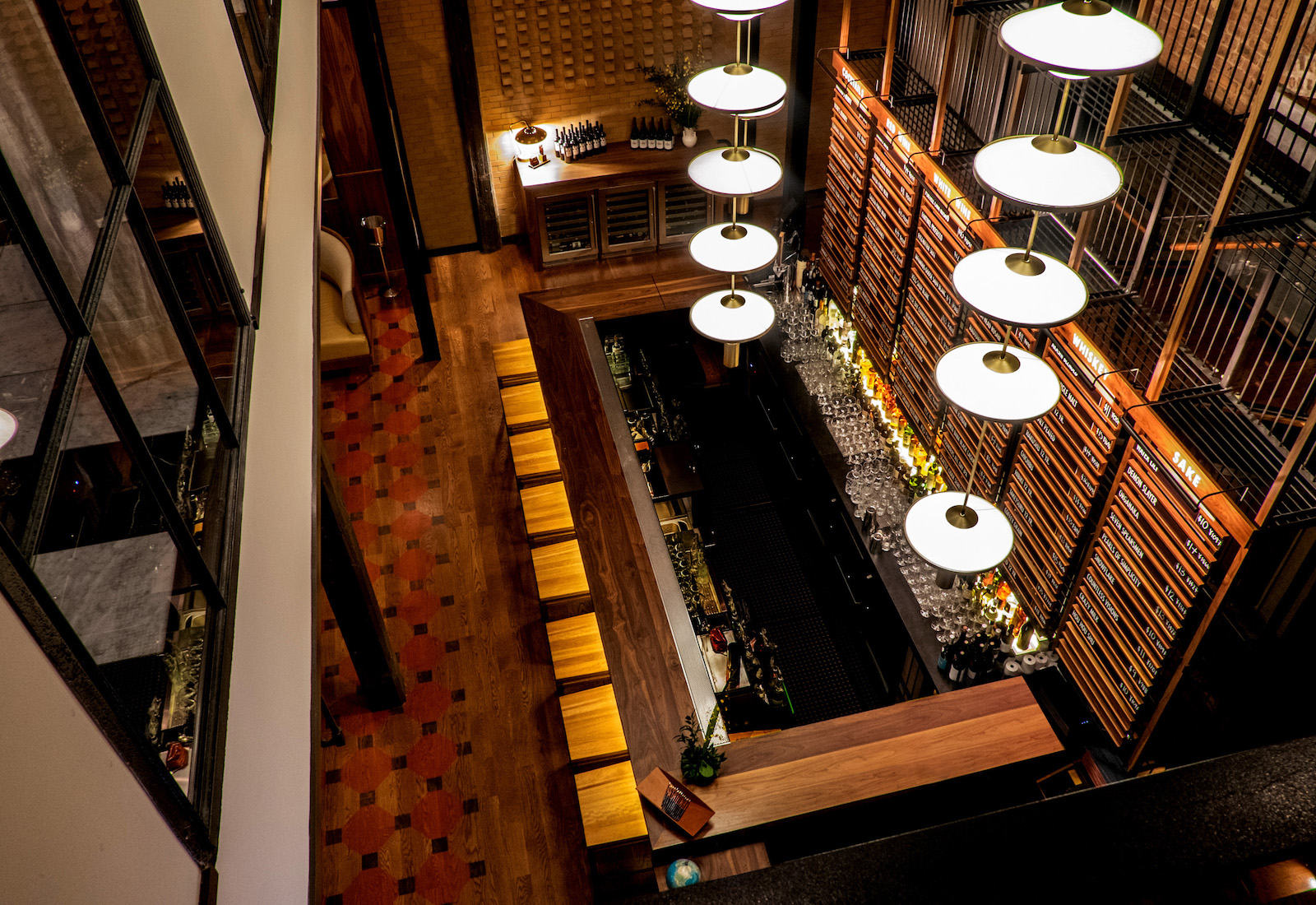 JBFA Nominee Momotaro in Chicago. Image by Huge Galdones courtesy of AvroKO.
JBFA Nominee Momotaro in Chicago. Image by Huge Galdones courtesy of AvroKO.
How has social media affected your work, or does it?
KO: It seems that social media is affecting everyone’s work these days, and yes, it’s been influential for us as well. Like most businesses, we’ve found that it’s a great mechanism to promote our own work and showcase our creativity in order to attract potential collaborators as well as designers to work in our studios. But its main power is the ability to seek and find inspiration at the snap of your fingers. There is still nothing like getting inspiration from exploring the souks in Istanbul or paddling a river in Patagonia—nothing can fully replace an in-person experience. But social media has made it possible to widen our collective horizons.
What’s your most unusual source for inspiration?
AF: 1960s “Popular Mechanics” magazines are full of gold! Connecting to past spirits of innovation and then propelling them into a future vision can be pretty energizing.
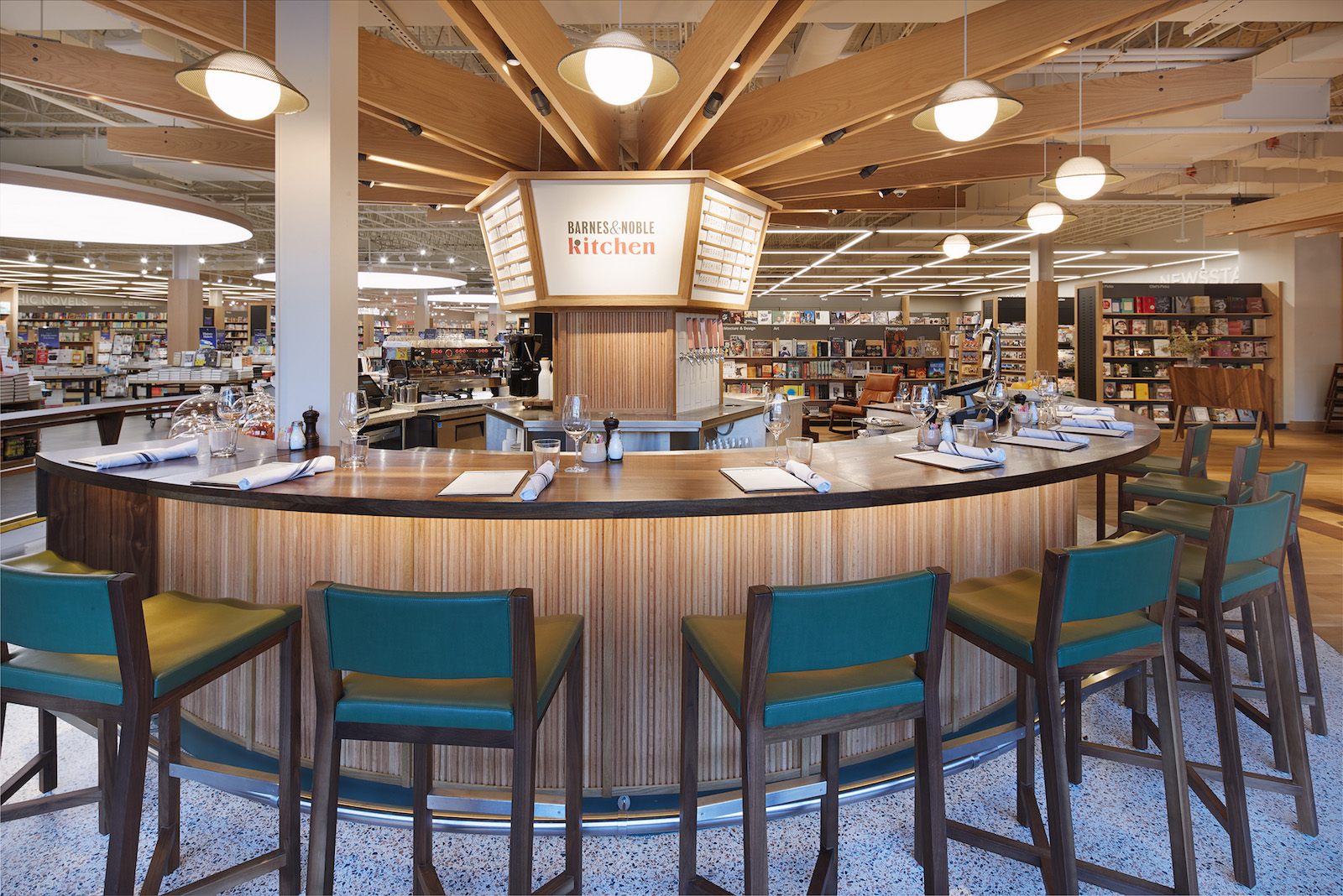 Barnes and Noble Kitchen. Image by Charles de Vaivre courtesy of AvroKO.
Barnes and Noble Kitchen. Image by Charles de Vaivre courtesy of AvroKO.
Whose work makes you wish you’d thought of that?
KO: An incredibly original and huge risk taker that we admire is the artist and set designer Tony Duquette, who was quite prolific in Los Angeles in the 1940s-‘50s. Some of his fantastical creations are so over the top and bizarre that we just have to smile. That level of originality and risk taking on some space or object makes us wish we thought of that sometimes.
How do you envision the future of restaurant design?
AF: It will be much more casual overall, and focused on experience rather than aesthetics (as it should!). It will be much more hybridized, and hospitality and “restaurant design” will be infiltrating all different sectors, from fashion to retail, office and beyond.
